Fatal Frame: Mask of the Lunar Eclipse – The Forgotten Chapter
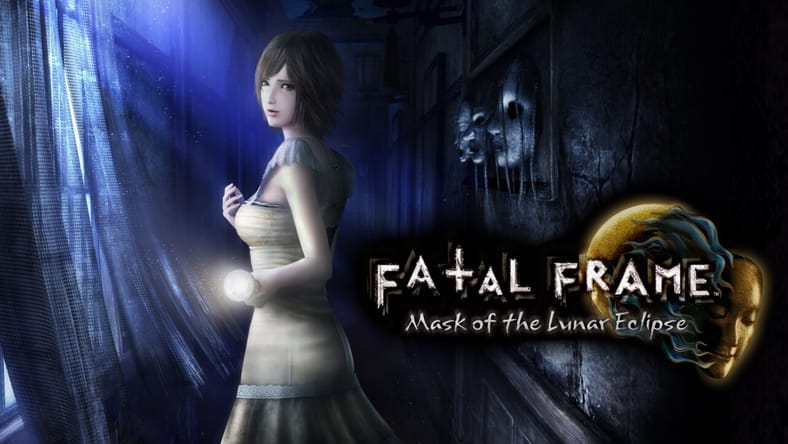
Developed and published by Koei Tecmo Games
Available on PC, PlayStation 4, PlayStation 5, Xbox One, Xbox Series X|S, and Nintendo Switch
MSRP: $49.99
When I heard that Fatal Frame: Mask of the Lunar Eclipse was getting released in the west for the first time, I couldn’t help but get excited. We would finally be getting our hands on the final piece of the puzzle that had been missing for so long. Leading up to the original release of Mask of the Lunar Eclipse, I had never finished a Fatal Frame, but I had played all three of them up to that point. Seeing that it would not be released over in the west made me lose interest in the game and the series as a whole. Until the recent Fatal Frame: Maiden of Black Water remaster, that is. Once I got my hands on that, I had this rebounding love for the series rush back to me.
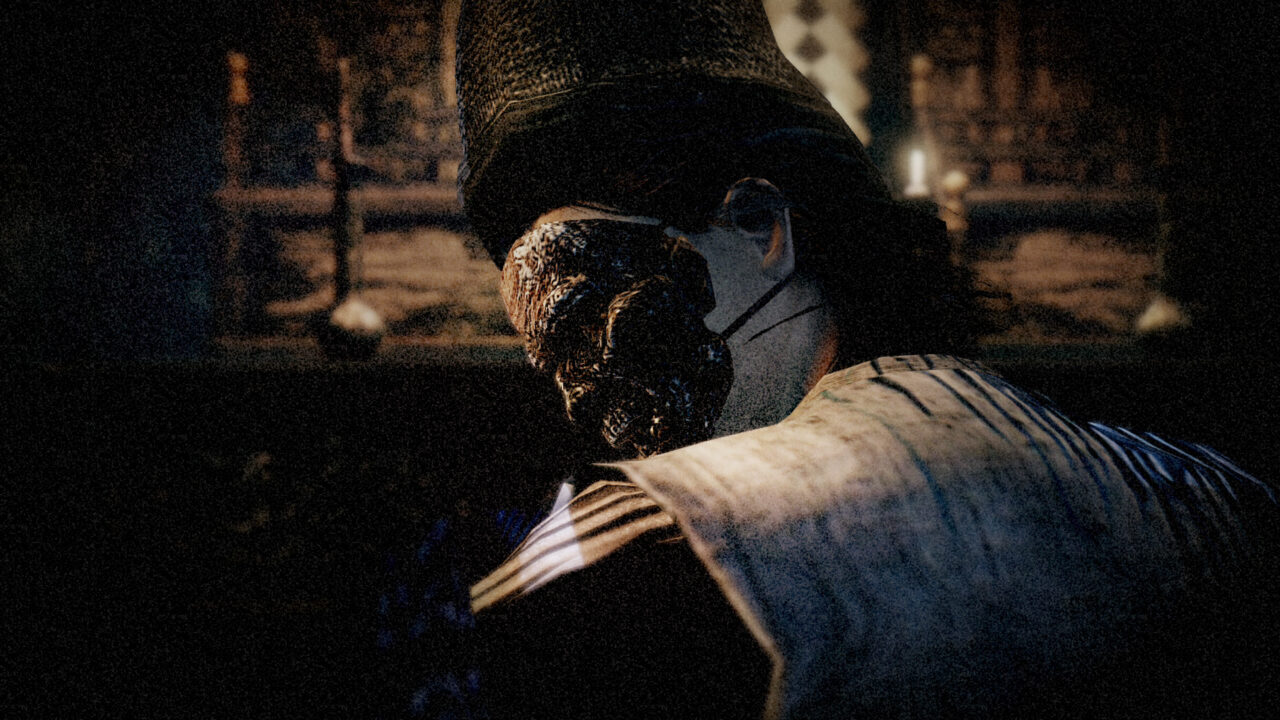
Flash to Mask of the Lunar Eclipse being announced, and I got excited. The Fatal Frame series has always deserved more love than it has gotten. It’s slower and focuses more on the lore of the world than other, more prominent horror franchises.
Speaking to the story of Fatal Frame: Mask of the Lunar Eclipse deals with a lot of moon phase motifs. Each person of interest is given a phase of the moon assigned to them, which will come up constantly throughout the game. If you are into the astrological meanings behind this, there will be a lot to look into with it, I’m sure I am not one for it, but the way they tie into the story had me compelled enough to look into it.
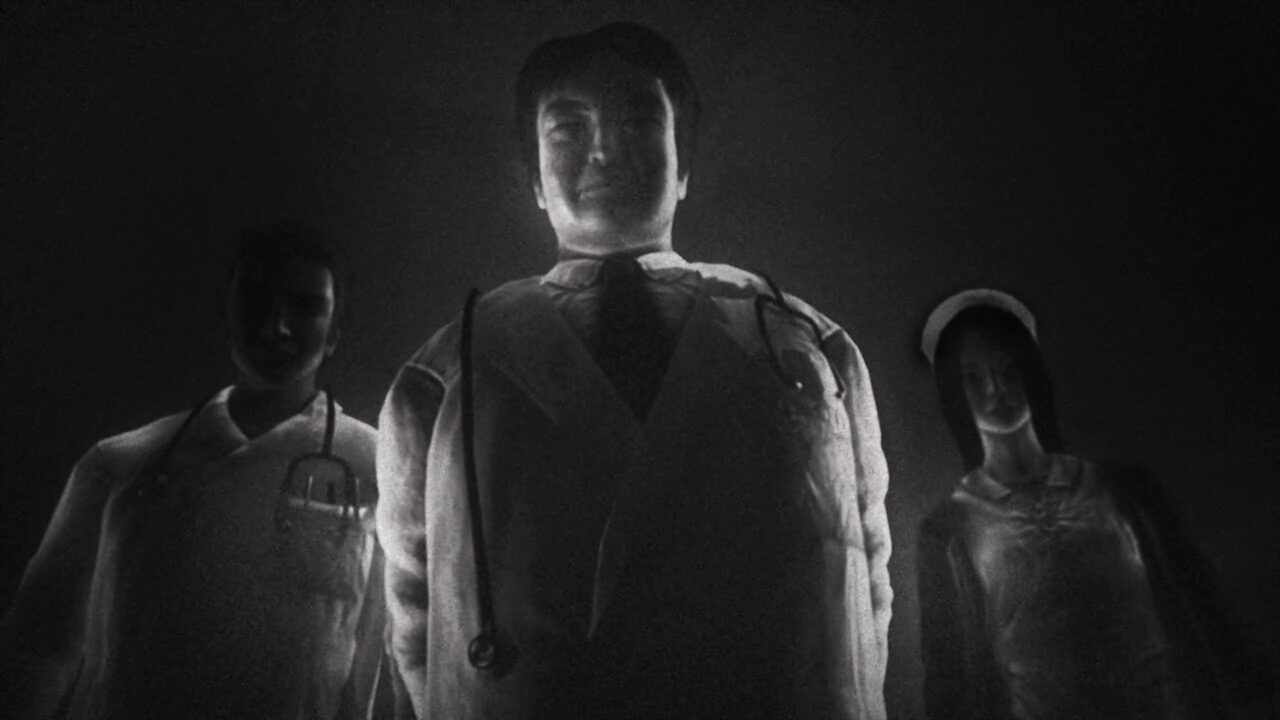
Set on the fictional island of Rougetsu Island, Fatal Frame: Mask of the Lunar Eclipse has us play as three different characters. Ruka and Misaki, two girls who, ten years prior, were kidnapped on the island and rescued by our third protagonist Chosiro, a detective tracking down a serial killer. A disease kills off all the island’s inhabitants two years after that ordeal. Eight years after the disease tears through the island, two of the other girls kidnapped have died mysteriously, leading Misaki and fellow survivor Madoka to return to the island and become lost. Ruka embarks on the island to track down the pair. Shortly after that, Choriso awakens on the isle unaware of how he arrived, but after witnessing some distressing spirits sets out to find the truth about what happened to the island.
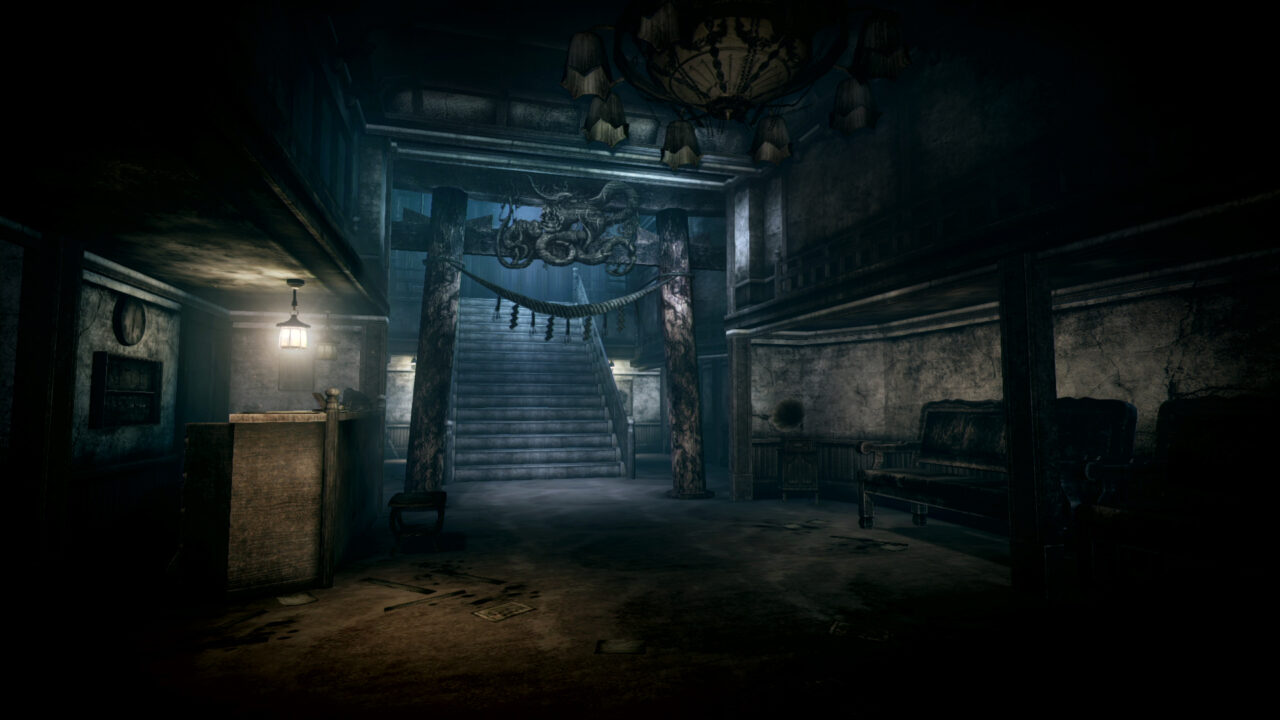
Being a Fatal Frame game, there are a lot of interconnections between our protagonists and the hostile spirits that roam the island. Fatal Frame is known for having a darker-toned story, and that continues here with twists and turns that I genuinely did not see coming. Learning the back story of the island and the sanitarium that is the game’s central hub was very intriguing. Like many other survival horror games, you can take away two levels of the story from Fatal Frame. What is present to you at the forefront through gameplay and cutscenes, or if you want to learn the more profound lore through notes scattered around the world. This is easily my favorite part of survival horror, and I found the majority of the expanding storytelling told through these notes very compelling.

There is an element of Fatal Frame that remains mostly the same with just a few iterations and quality of life changes with each release, and that is the camera obscura gameplay.
As you encounter spirits, you’ll bring up your viewfinder for the camera and charge up shots indicated by bright lights surrounding the ghosts. The more power you charge before taking a shot, the more damage you do to the spirits. Being our primary tool for taking out spirits and capturing lingering ghosts, the small changes between Fatal Frame 3 tormented souls, which is a welcoming change. It just feels smoother to control. The most significant change is that Choriso uses a flashlight that harnesses the power of the moon to destroy spirits. It is an excellent way to shake things up and keep them refreshing.
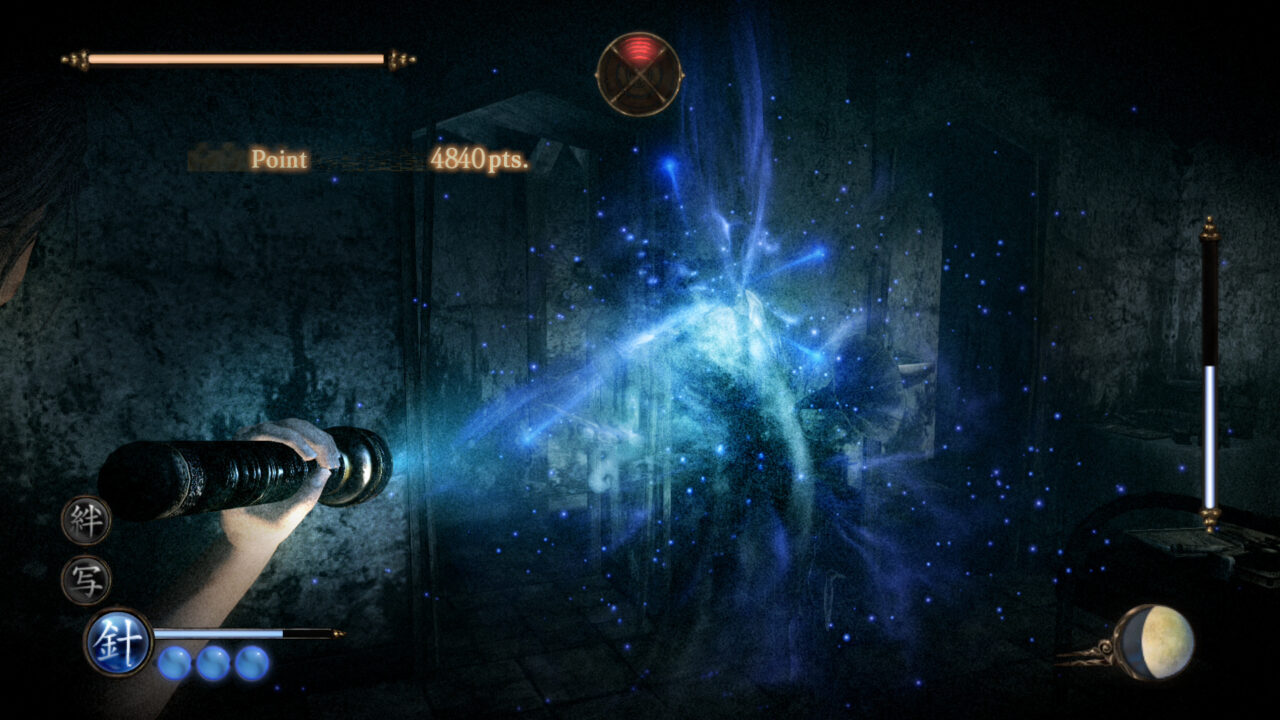
The biggest downside to Mask of the Lunar Eclipse and Fatal Frame as a whole is movement speed. Even using your run button, the characters move at an incredibly slow speed. This makes backtracking, which there is a lot in this series, infuriating. Thankfully, when you get key items like keys, the game will bring up your map and explicitly show you where the key belongs. This helps mitigate some of the backtrackings, as you don’t have to go around searching.
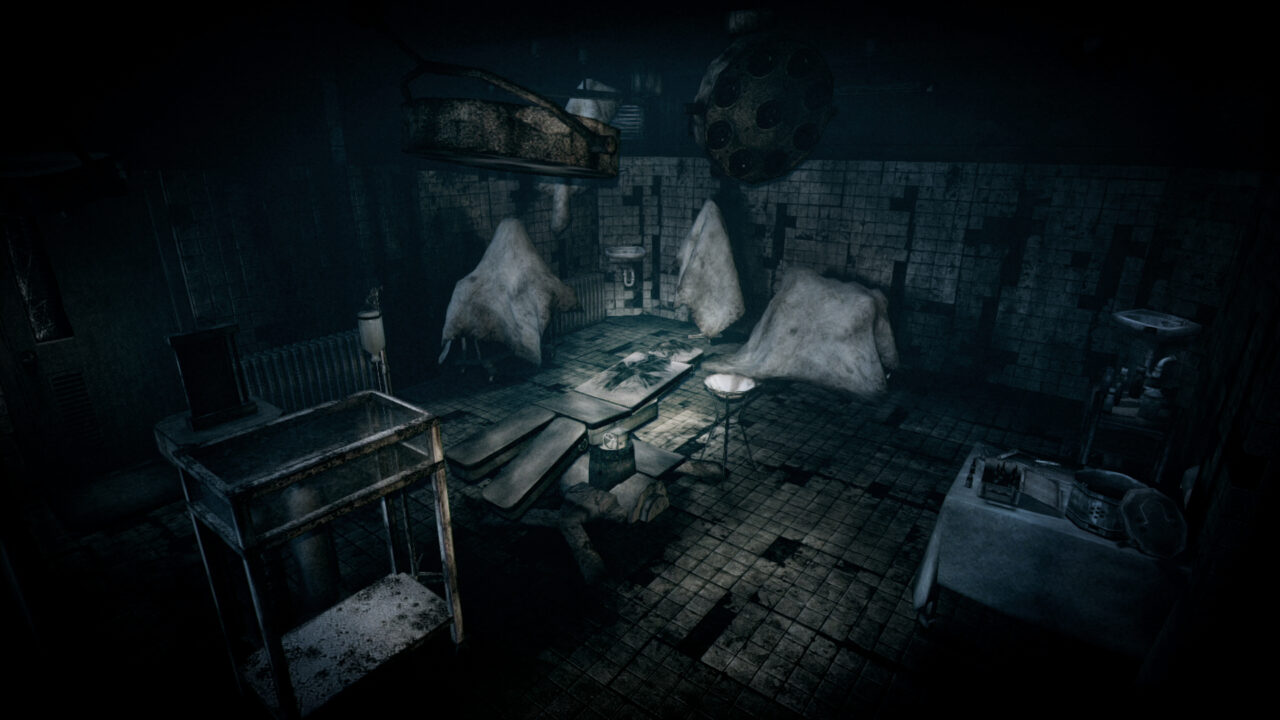
That being said, what Fatal Frame absolutely excels at is Atmosphere and its focus on horror. The environment itself oozes with terror and has a great way of making each character feel isolated and desperate for survival. The way the sound design plays with your mental state as you play is exceptional. I would give examples, but to take these moments away from the game would be worse than spoiling the end of the story. These moments where the world enraptures you and plays with your expectations are what will stay with you for a long time.
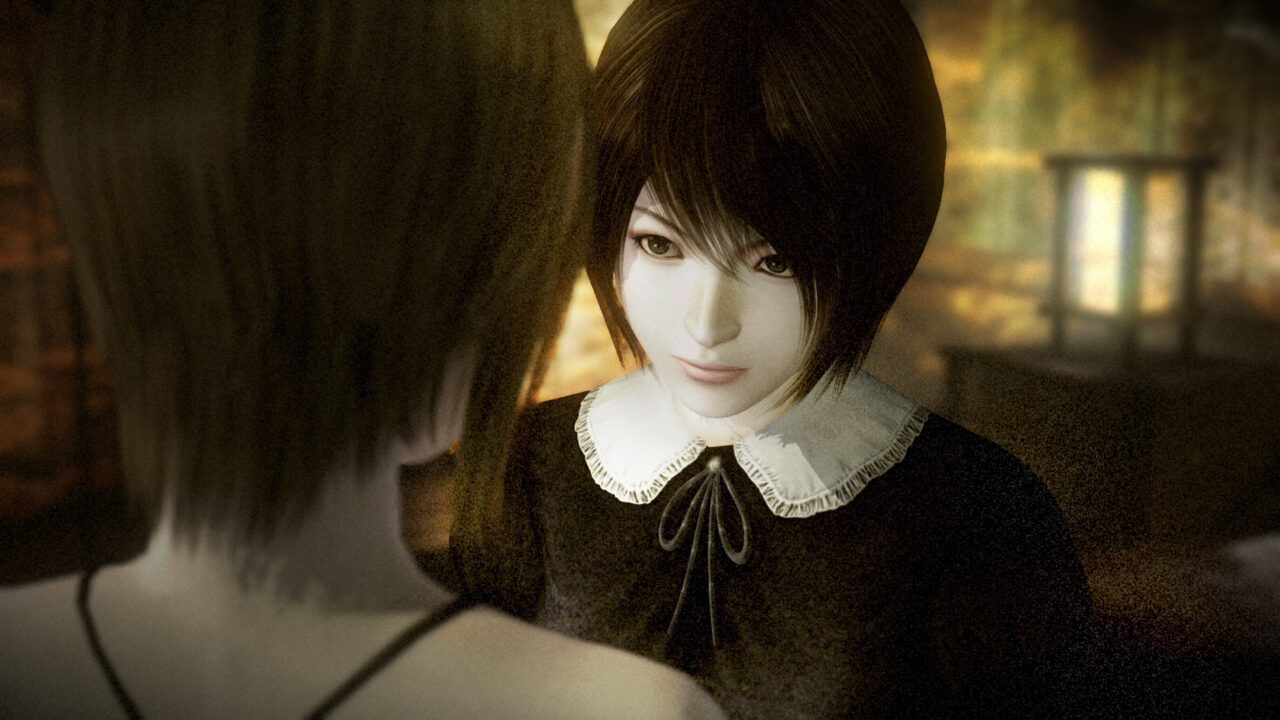
I really enjoyed my time with Fatal Frame: Mask of the Lunar Eclipse. It has managed to keep my reignited love for the series going, and my next big dream for the series is to finally get a new installment. Or at least be able to play 1-3 on modern hardware. It’s a series that deserves so much more love than it gets. It’s a slower game for sure, and the way the series focuses on a more Japanese styling of storytelling may turn some people off, but if you give your time to Fatal Frame, it is a unique series that is worth everyone’s attention.

-
Fatal Frame: Mask of the Lunar Eclipse
Categorized: Horror Gaming Reviews
